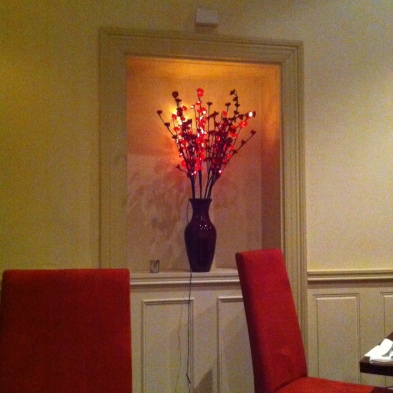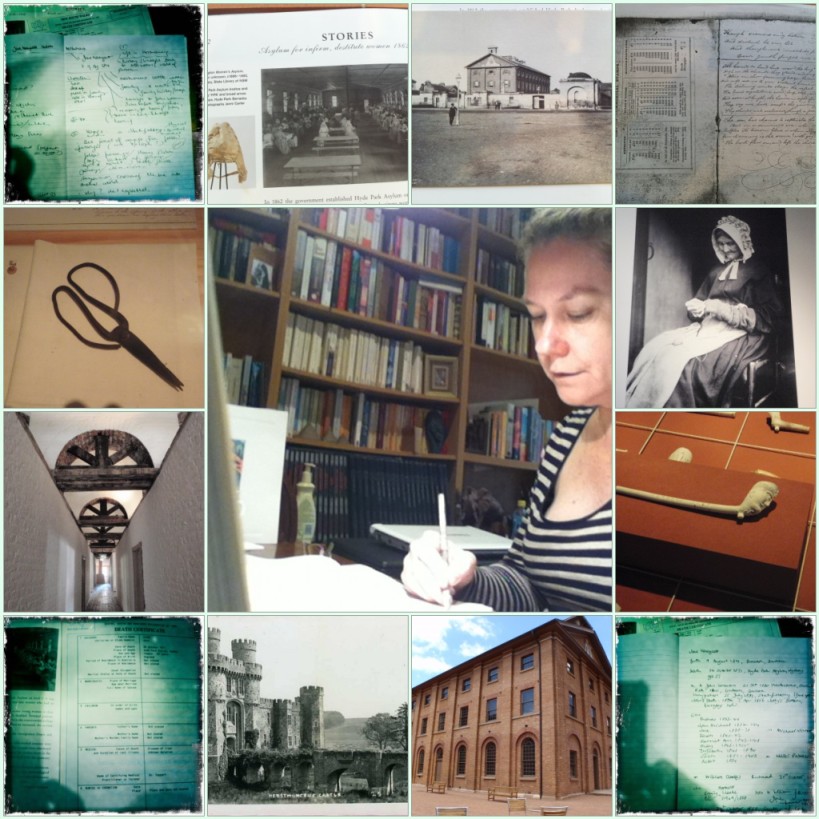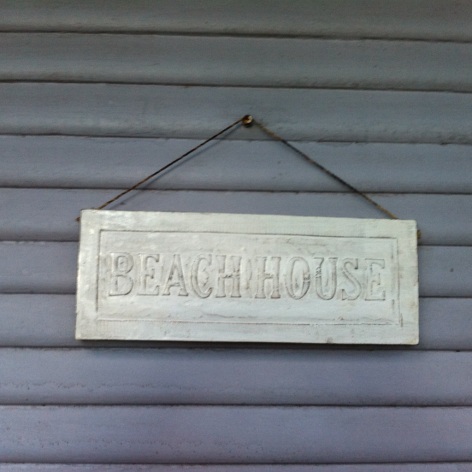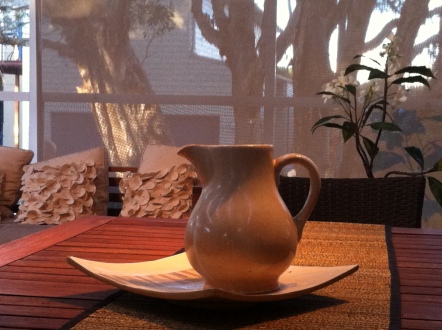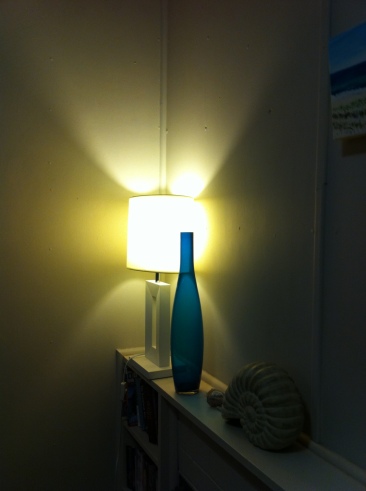Living and working away from home for a while recently has made me reflect on space, the space I inhabit, the space I share, the nexus between partnership and independence, and between time together and time alone.
As an introvert, who is in a highly interactive, people focused leadership role, I need time alone to re-energise, ground myself and get in touch with my creative side. This time enables me also to feed my creativity with valued reading of books, blogs and other sources to shape my own developing thoughts and ideas. Or to interact with creative others through social media and blogs to also link and inspire.
It all comes back to making sacred space. Here are some gems on creating sacred space:
Todd Henry, author of ‘Accidental Genius’ makes the case for having a sacred space and encourages us to find our ‘bliss station’ or:
a physical place where your only job is to pursue the things that ensure your sense of wonder and prod you towards the unexplored.
Quoting Joseph Campbell from interviews collected in ‘The Power of Myth‘, Henry celebrates the power of this type of sacred space in ‘creative incubation’:
[A sacred place] is an absolute necessity for anybody today. You must have a room, or a certain hour or so a day, where you don’t know what was in the newspapers that morning, you don’t know who your friends are, you don’t know what you owe anybody, you don’t know what anybody owes to you. This is a place where you can simply experience and bring forth what you are and what you might be.
Love that place and that thought, and holding onto it. Read Todd’s great article for more thoughts on sacred space and its value.
‘A Room of One’s Own’ – Virginia Woolf
One of my favourite books that sits on my rolltop desk always, ‘A Room of One’s Own’ makes a clear case for both physical and intellectual space to write especially for women. Walking us through the history of women and those who have paved the way in making space for creativity, Virginia Woolf’s classic book is full of gems that remind us of the value of space to be able to create and express one’s unique vision and work:
Therefore I would ask you to write all kinds of books, hesitating at no subject however trivial or however vast. By hook or by crook, I hope that you will possess yourselves of money enough to travel and to idle, to contemplate the future or the past of the world, to dream over books and loiter at street corners and let the line of thought dip deep into the stream. For I am by no means confining you to fiction. If you would please me – and there are thousands like me – you would write books of travel and adventure, and research and scholarship, and history and biography, and criticism and philosophy and science. By so doing you will certainly profit the art of fiction. For books have a way of influencing each other. Fiction will be much the better for standing cheek by jowl with poetry and philosophy.
More quotes from Goodreads here from ‘A Room of One’s Own’, or dive back into this wonderful essay and read it in all its sinuous and intelligent entirety.
And finally, my own poem celebrating sacred space:
Poem without silence
I want to write a poem
without the word silence.
The allure of its sleek long vowel
fights to identify this
late night sensation,
wise without sound.
After the traffic
punctuating rain,
the music I become,
beyond the reach of reading
all that marches past my eyes,
the exterior collapses
to a page to hold
the chatter
I confine.
And there though this loophole
of assonance or in its role
defining that breathless space,
the secret finds its way,
this pleasure I make.

